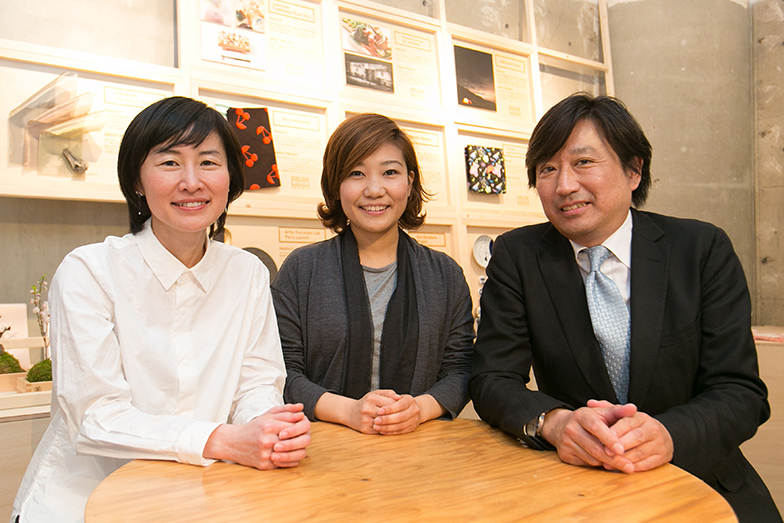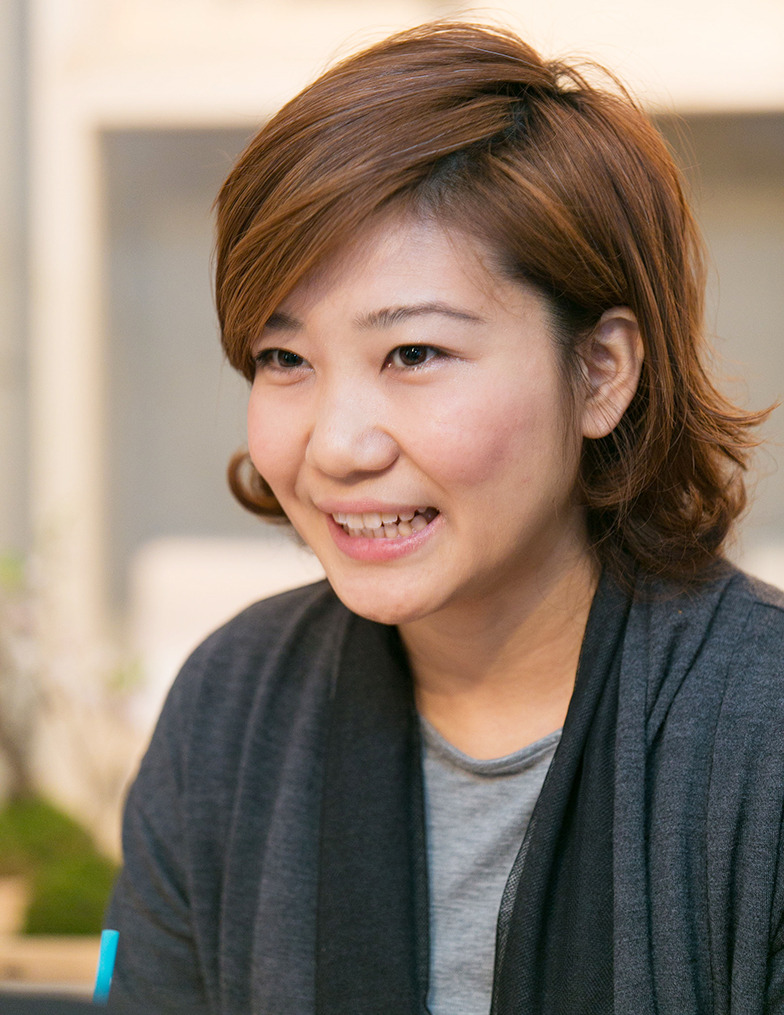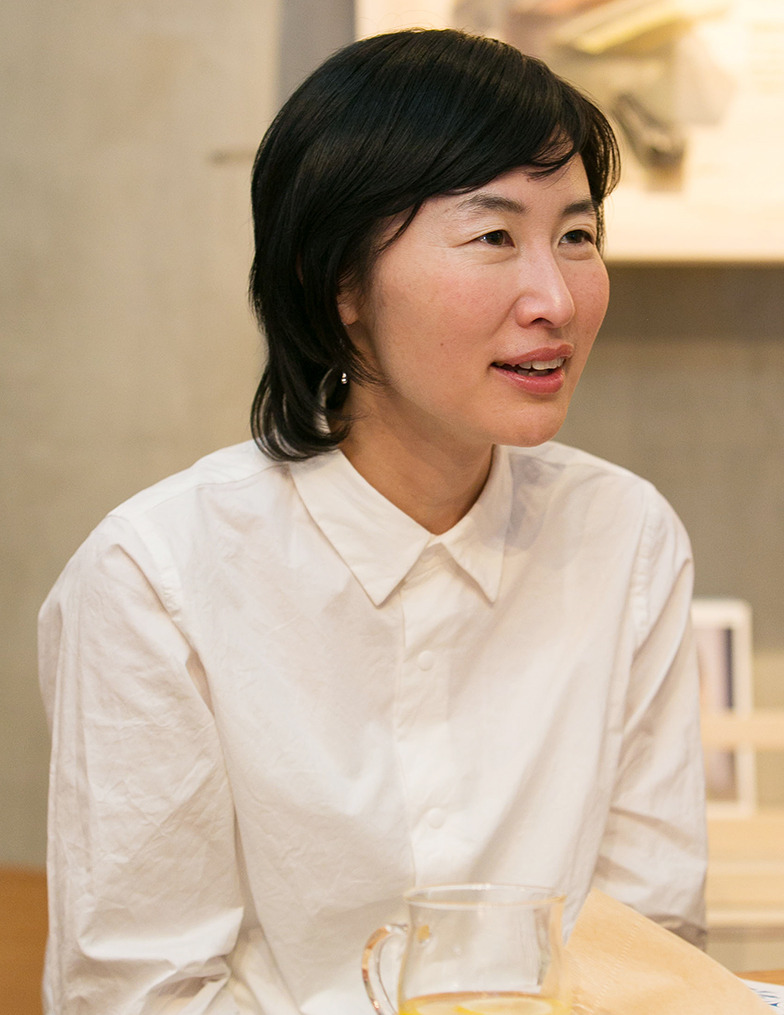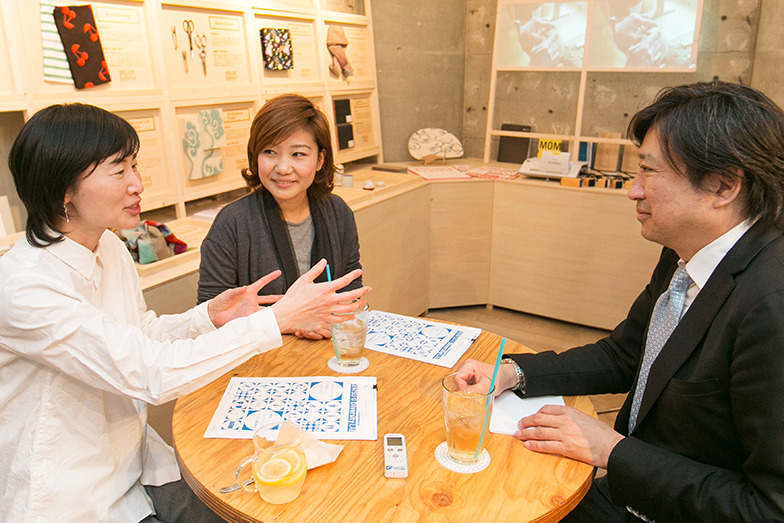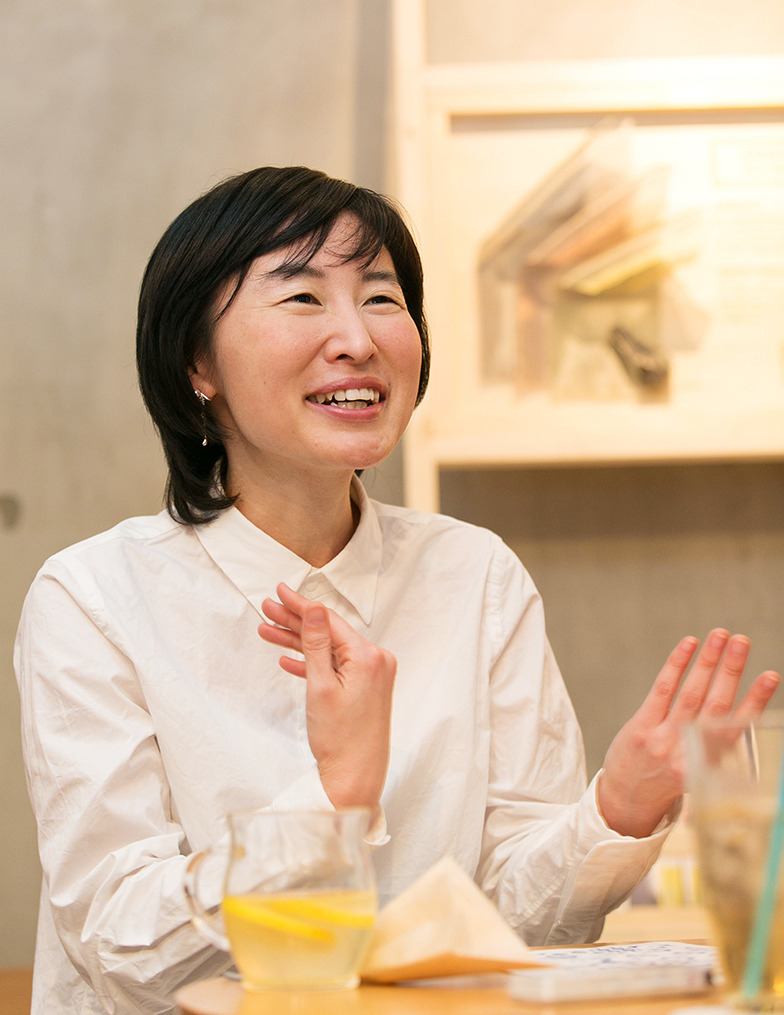Yokohama Para Triennale: Co-Creation ~ Combining Individuality to Paint a Unique Picture
Was this article helpful?
Newsletter registration is here
We select and publish important news every day
For inquiries about this article
Back Numbers
Author

Kurisu Yoshie
Certified NPO Slow Label
With the theme "The Extraordinary in Everyday Life," she creates art projects that connect people and communities from different cultures, attempting social change through processes of dialogue and co-creation. Diagnosed with osteosarcoma in 2010, she founded SLOW LABEL (now certified NPO Slow Label) the following year. From 2014 to 2020, as General Director of the Yokohama Para Triennale, she engaged in research and development on accessibility in performing arts. In 2018, with support from Cirque du Soleil, he founded Japan's first social circus company, SLOW CIRCUS. He served as Stage Advisor for the Tokyo 2020 Paralympic Games Opening and Closing Ceremonies, is a Thursday regular commentator on TBS's "Hiruobi," a director of Kamiyama Marugoto Technical College, and a member of the Tokyo Metropolitan Theatre Management Committee. He received the 65th Yokohama Cultural Award "Culture and Arts Encouragement Award."

Chisaki Hayashi
Loftwork Inc.
Representative Director of Loftwork Inc. After working at Kao Corporation, he founded Loftwork in 2000. He oversees initiatives including a global co-creation community of over 20,000 creators, the digital maker cafe "FabCafe," and "Hida no Mori de Kuma wa Odoru" (commonly known as Hidakuma), which creates new value for forests through design and technology.

Hide Ashida
Dentsu Inc.
Born in 1966. Joined Dentsu Inc. in 1991. Since joining, has handled sales promotions, marketing planning, and campaign development for various companies. From 2009, as a Marketing Planning Director, has led numerous projects including business consulting, store development, customer creation strategy development, and communication strategy development including PR. Through this work, he recognized the importance of addressing societal challenges for both citizens and businesses. He transferred to the Social Solutions Bureau (now the Business Creation Center) in 2013. Currently, he focuses on food, agriculture, and regional revitalization while also serving as the secretariat for Dentsu Inc. Diversity Lab.
